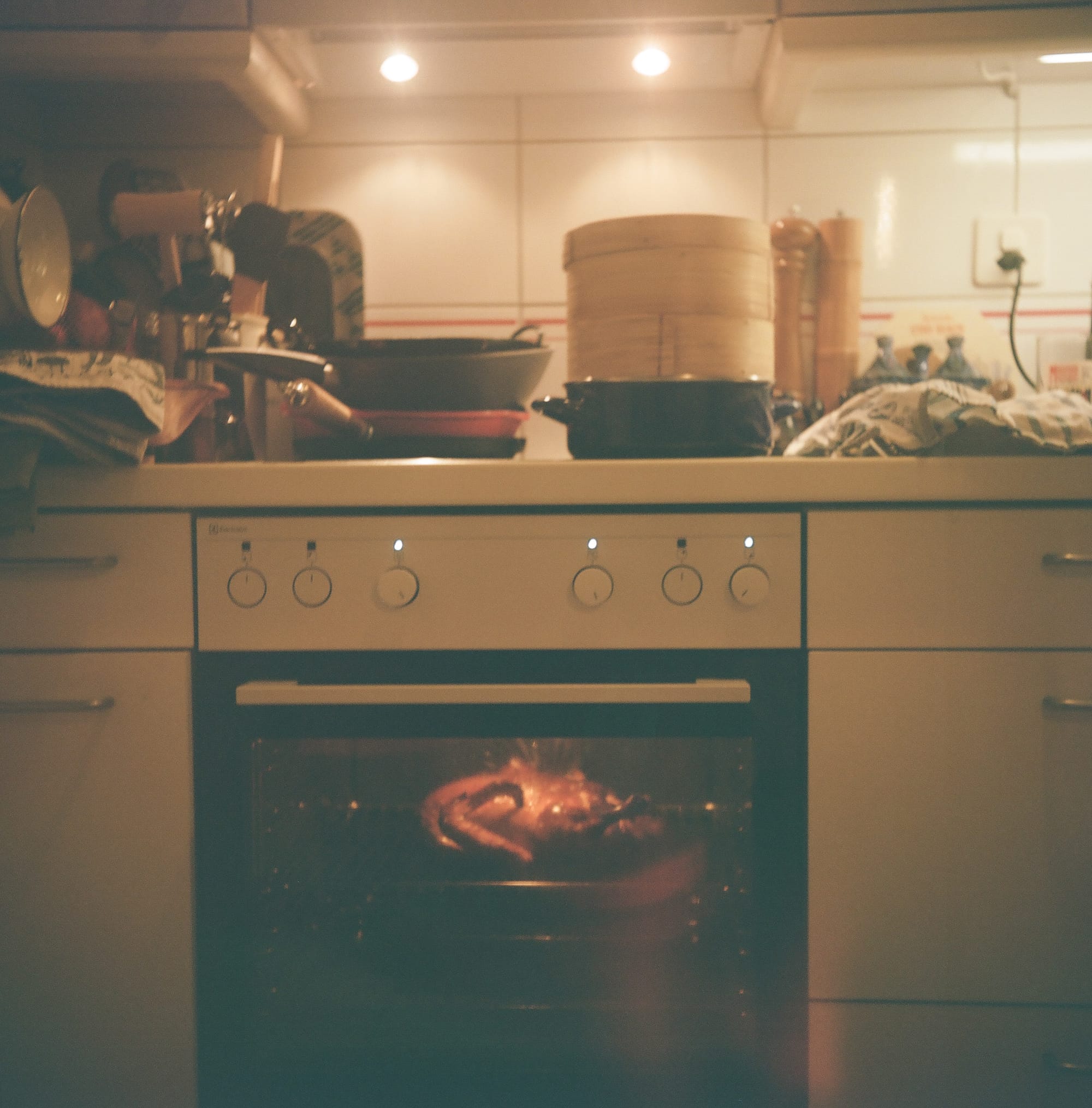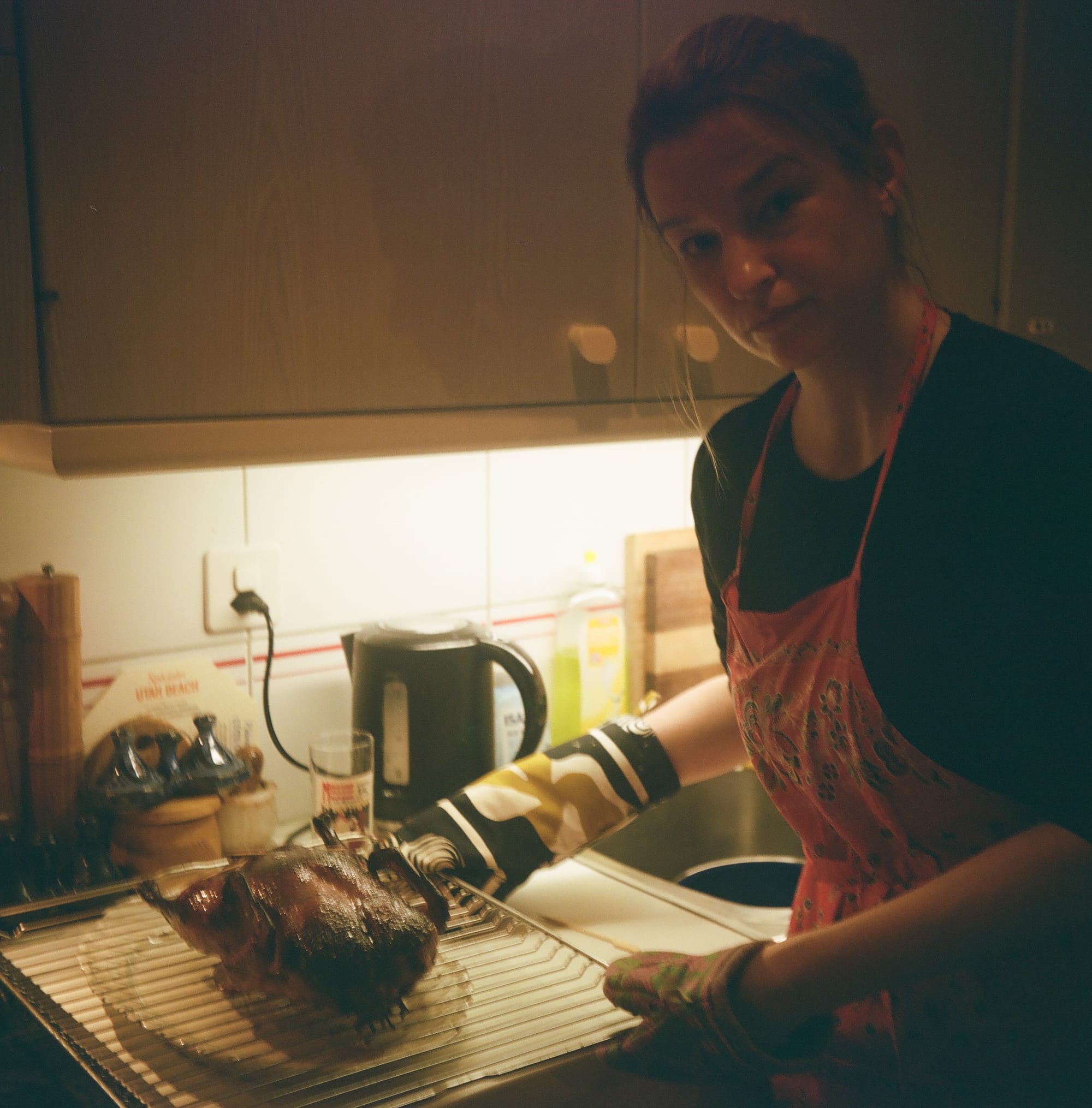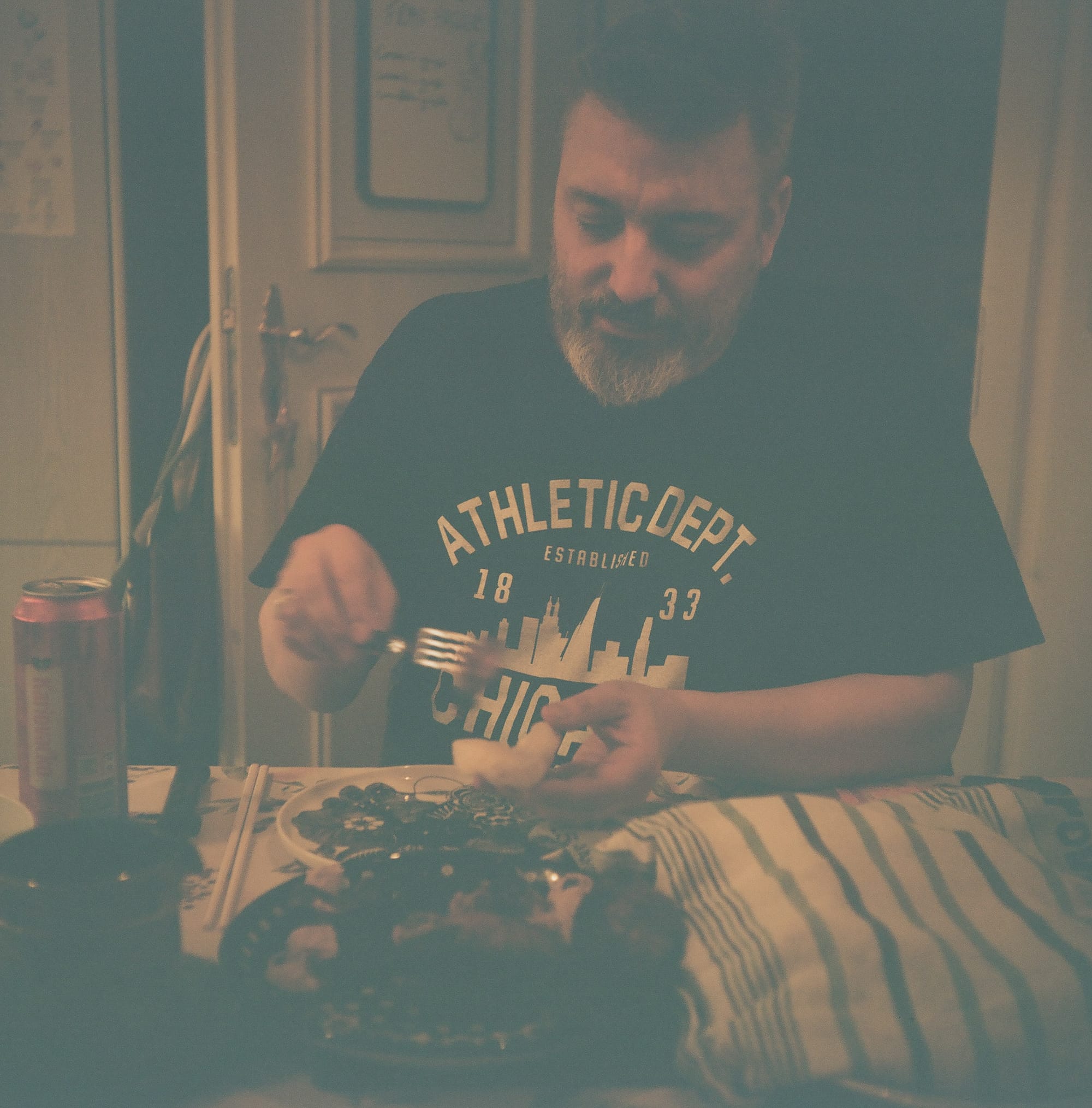What to eat CHINA 🇨🇳 Peking duck
Peking duck may be a famous imperial Chinese treat, but its origins are far from the epicenter of Mandarin glory as we envision it in the twenty-first century. The dish... dates back nearly 750 years at least, though its origins are closer to the seat of Cantonese culinary wonder in Hangzhou...

Peking duck
Published April 26, 2024 · by Amanda Rivkin Häsler
Peking duck may be a famous imperial Chinese treat, but its origins are far from the epicenter of Mandarin glory as we envision it in the twenty-first century. The dish is however centuries old and dates back nearly 750 years at least, though its origins are closer to the seat of Cantonese culinary wonder in Hangzhou, and the town of Nanjing.
Historically, slow-cooked foods in China were sold door to door by street vendors. In Nanjing, the capital of the Ming dynasty, roast duck became something of a specialty. A bit of a folk legend surrounds its arrival in Beijing.
Originally, the world-famous dish we know as Peking duck was called “Jingling roast duck,” the ancient name for Nanjing. In 1330, an inspector for the imperial kitchen, Hu SIhui, mentions the dish in his volume, Complete Recipes for Dishes and Beverages.
It was during the Ming dynasty, that the first shop selling roast duck emerged in the Rice Market Hutong of Beijing. Later, under the Qing dynasty, Peking duck saw its stock soar. The first restaurant specializing in the dish opened in 1416. Known as Bianyifang, it was located near the Qianmen pedestrian thoroughfare today.
The Qing emperors had a penchant for roasted meats and Beijing’s Forbidden City was a culinary epicenter. According to imperial records, Emperor Qianlong once ate duck eight times over a two-week period, cementing the legendary status of China’s national dish as king of the Qing’s roast meats.

Over time, chefs in Beijing began to breed a richer type of duck known for its lily-white feathers, thin skin and succulent flesh. Regarded as a duck with a butter-like quality and consistency, this new breed of duck began to slowly overtake the variety that had been transported from the southern interior and Nanjing. Beijing chefs also began to put their own imprimatur on the centuries-old classic to accommodate imperial palates and later mass-market tastes.
Perhaps the most famous establishment in the Chinese capital serving up the delicacy today, Quanjude, first opened in 1864. Every foreign dignitary from Yassir Arafat to Fidel Castro to Henry Kissinger ate there, many as personal guests of former Chinese Premier Chou En Lai who engaged in “Peking duck diplomacy.” Quanjude is credited with developing a new type of “hanging oven” known as a gualu.
Together with Bianyifang, Quanjude is a Peking duck dynasty spanning centuries that also happens to be a household name in China today. In 1993, the owners of Quanjude visited Los Angeles, stayed at a Best Western and observed the same restaurant chains everywhere. They were inspired to begin a new era of restaurant industry business expansion in China. Quanjude the franchise might not compete directly with KFC (by far the most popular Western fast-food chain in China today), but the lessons from Los Angeles meant more locations, bringing the flavors of imperial China into the mouths of the country’s everyman who can afford it.
Nearly twenty years ago, I had the privilege of dining at the multi-story emporium of roast Chinese duck on May Day. There was so much to take in, from duck webbing dipped in mustard sauce as an appetizer to the roast duck with thin pancakes as the main entrée to the historical photographs on the walls chronicling twentieth-century politics. One thing was clear though: beyond the 100-plus pieces of Peking duck a skilled chef can carve, no bit of the duck went to waste before arriving on the table.

Recipe
Ingredients:
One whole duck
Rice wine vinegar
Soy sauce
Honey
One apple
Shallot or garlic cloves
Star anise
One cinnamon stick
Bay leaves
Cooking oil
Oyster sauce
Step 1: Start in the morning or preferably even the night before. Wash your duck including inside the cavity in cold water. Then pat it dry with paper towels. Place in the refrigerator to chill the duck.
Step 2: In a bowl, combine two tablespoons of rice wine vinegar, four tablespoons soy sauce and two tablespoons honey. Whisk together.
Step 3: Remove the duck from refrigerator. Pat again with paper towels to ensure the duck is dry. Then brush mixture onto both sides of the duck and cavity and return to the refrigerator for 2-3 hours.
Step 4: After 2-3 hours, brush with a second coat of the honey-soy-vinegar mixture and return to refrigerator. Repeat this process 2-3 more times every 2-3 hours throughout the day. Remove any excess sauce from the plate you have your duck on before returning it to the refrigerator.
Step 5: Towards the end of this process, as you wait for the duck to have a “dry” appearance despite the multiple coating of the mixture, prepare two things: your cavity stuffing and accompaniments of cucumbers julienne and scallion strips which will garnish the duck when you serve. For the cavity stuffing, combine an apple, cored and cut into wedges, a shallot cut in half (or garlic cloves), star anise, cinnamon stick and two bay leaves. Set aside.
Step 6: Pre-heat oven to 200 degrees centigrade. Prior to doing so, prepare a drip rack for underneath the duck and keep a cooking rack ready to place into the middle of the oven. The duck will go directly on the cooking rack.
Step 7: Heat approximately one cup of cooking oil in a small saucepan.
Step 8: Pull the duck from the refrigerator. Pat any excess liquid so it is dry in appearance. Rub the inside cavity with oyster sauce with your hands and stuff cavity with apple, shallot, star anice, a cinnamon stick and bay leaves mixture. Seal using tooth or apéro picks
Step 9: Once cooking oil is extremely hot, carefully pour over both sides of the duck over the sink to get the skin extra crispy. Be careful not to burn yourself. It is highly recommended doing this with a bowl or colander below the duck in the sink. Place on the baking tray.
Step 10: Place in the middle of the oven. Place a deep baking tray underneath to collect fat drippings. Bake for twenty minutes at 200 degrees before lowering temperature to 170 centigrade.
Step 11: After an additional 25 minutes at 170 degrees, wiggle a leg to see if the duck is ready. If not try again after 10 minutes. The leg should jiggle a bit in its joint if it is ready.
Step 12: Serve with thin Asian pancakes or bao buns, cucumbers julienne, scallion strips and hoisin and/or black bean sauce.

Tips, tricks and notes:
To order a whole duck in Switzerland after finding not much more than duck breasts in the supermarket, we ordered from meat4you.ch, which bills itself as “the largest online slaughterhouse in Switzerland” in Birr-Lufig, Aargau. Ordering was simple and the delivery was fast and on time, nicely packed in ice and bio-degradable packaging.
Honey in this recipe is a substitute for maltose, however if you can get maltose in Switzerland, go for it.
Post-script:
After publication, a friend shared this recipe with his Chinese-American aunt Susan who sent her critique on how to make this more authentic yet, with details from her father's Peking duck making adventures:
On the whole I really appreciate the addition of the last note ie, maltose is the traditional ingredient vs honey. I am truly surprised that it's hard to find in Switzerland... As a redacted recipe, it sounds really Westernized. My father would have used Hoisin sauce, cider vinegar, oyster sauce plus maltose, 5-spice, peanut oil. The cavity was lightly stuffed with shallots, minced ginger & garlic, stalks of scallions and rehydrated red dates. No bay leaves in his dishes except for corned beef 😜 My father would have rubbed dry before each application of the "skin film"
Susan adds that her father's Peking duck was a "3-day operation" and notes "My Dad used to complain a lot of the lack of flavor" on what she describes as "thick skinned Long Island ducks".
Learn where to eat Chinese food in Switzerland.
Follow our social media pages @swissglobaldining on Instagram, TikTok and YouTube